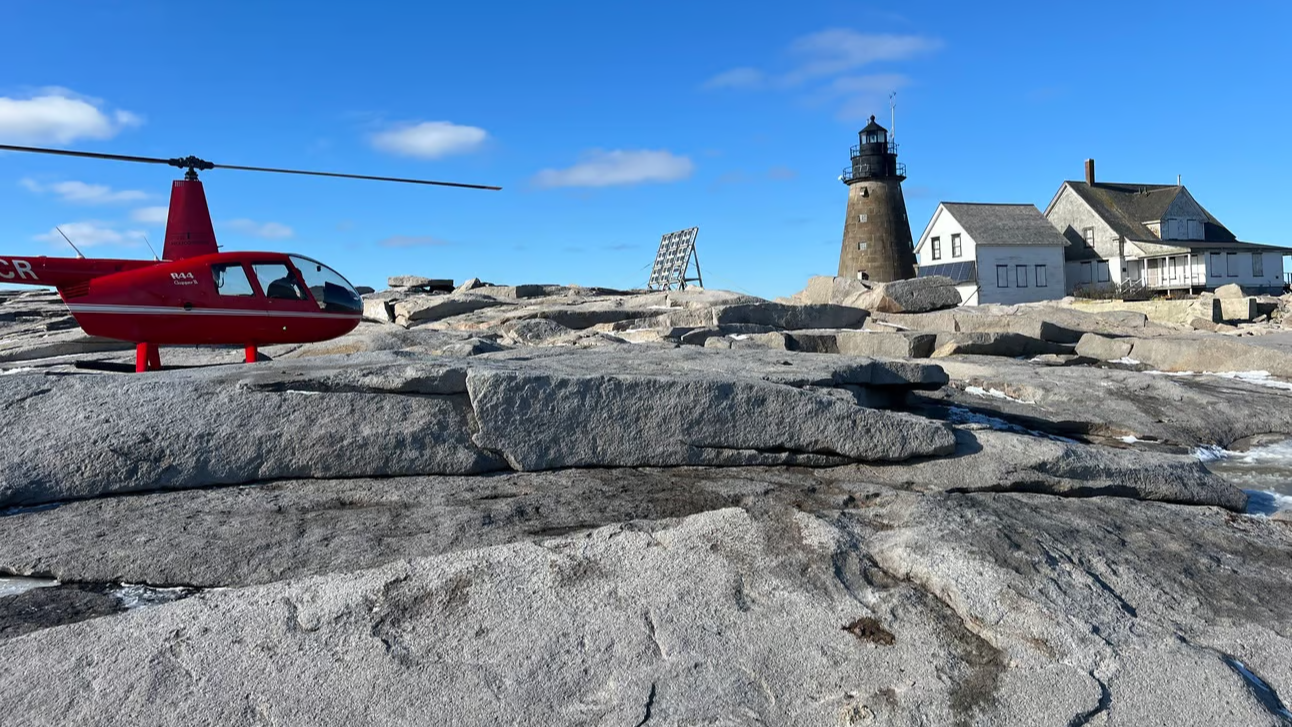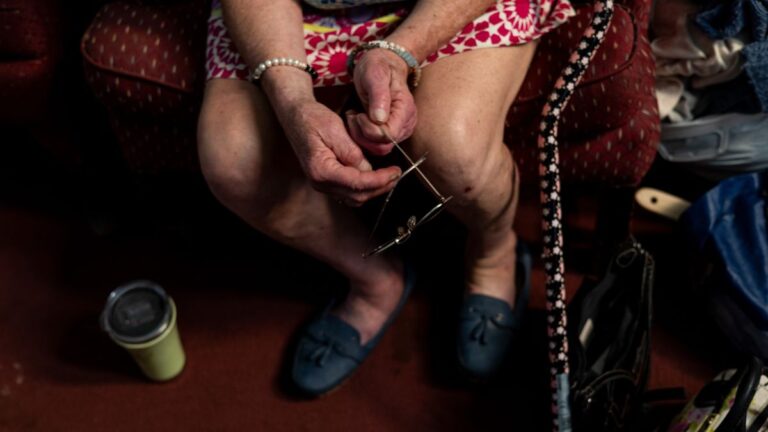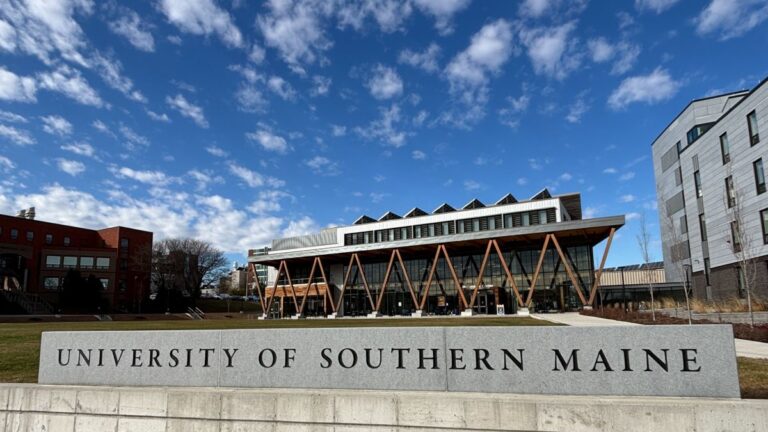Earlier this week, on a bright and sunny January Sunday, Ford Reiche and Bob Trapani Jr. climbed aboard a glossy red helicopter and headed out to sea. Their mission? To survey the damage from recent storms to Maine’s historic lighthouses, battered by back-to-back January storms that left widespread coastal devastation in their wake.
The two men are both lighthouse enthusiasts and preservationists — Reiche has been working to restore Halfway Rock Lighthouse off Harpswell since buying it in 2016, and Trapani Jr. serves as director of the American Lighthouse Foundation.
Their route included beacons they suspected suffered the most damage and were most difficult to get to, whose owners — often nonprofit organizations on shoestring budgets — would likely be unable to pull together a visit in the middle of winter.
“It’s important to get your information in early if you’re going to document this and submit it to the government,” said Trapani. “If these nonprofits were not going to get out there for a month or more at a time — this flight is going to obviously help some of those nonprofits who didn’t have that capability.”
They swung by Two Bush Island Lighthouse, a stately square brick tower established in 1897 on the western edge of Penobscot Bay. They dipped down to Matinicus Rock, a windswept and treeless island 25 miles off the coast, site of the Matinicus Rock Light Station, where towers were first erected nearly 200 years ago.

Then up to Saddleback Ledge, Burnt Coat Harbor, Great Duck and Baker Island, whose light still guides sailors to the southern entrance of Frenchman Bay.
Many of the structures withstood the hurricane-force gusts better than expected, but a number – including buildings on Pemaquid Point, Wood Island, Portland Headlight and the Rockland Breakwater — suffered significant damage.
Maine’s lighthouses are iconic. They appear on napkins and postcards, on tea towels and in photographs; in films and novels.
Poets write odes to them, and, even in the age of GPS and radar, sailors still use them to help keep their vessels out of danger.
“They’re not only historic,” said Trapani Jr., “They’re also so important to our sense of place, our culture and our tourism.”
They are also old, hard to get to, expensive to upkeep and extremely vulnerable to rising seas and intensifying storms. Auctioned off over the years by the federal government, many are now in the hands of private citizens or nonprofits that don’t have the money for the kinds of major repairs and upgrades that are necessary to, as the Biden Administration puts it, “build back better,” said Reiche.
Most lighthouses are also not covered by insurance, said Reiche, either because it’s too expensive or because companies refuse to cover flooding or wind damage — the two most likely events to impact buildings on rocks out at sea.
“If you’re some organization doing the best you can to hold something together, you’re not dealing with that type of catastrophic harm,” said Reiche. “You’re dealing with a coat of paint every five years. And if you did have big repairs, you phased them out over a long period of time. When a storm sweeps through like that it’s a financial shock.”
The two men estimated that the state’s 66 lighthouses suffered millions of dollars worth of damage during the January storms.
“One thing that worries me,” said Reiche, “is that if this damage that we suffered in January isn’t taken care of, and we have a couple more storms, and it isn’t taken care of then, we’re quickly going to descend into a period where people are going ‘What happened to the lighthouses?’ ‘Well, you know, that happened back in 2024. And then they just never got ahead of it again.’”







